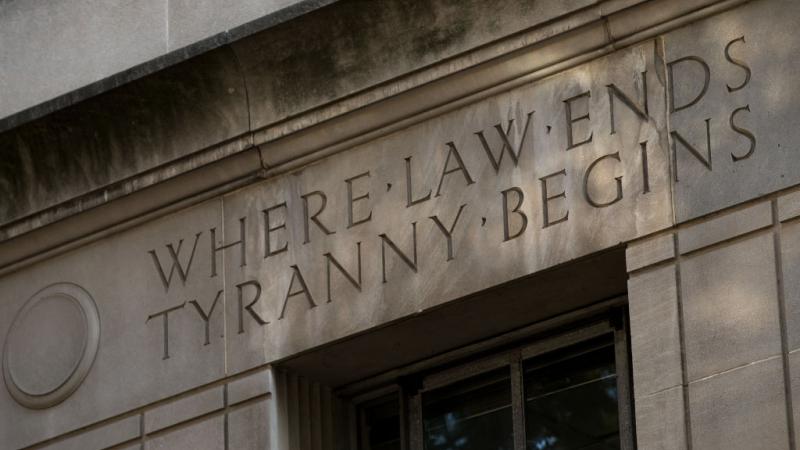COVID kills 1 in 10? Fauci's replacement draws scrutiny for past claims about mortality
Case fatality rate on largely elderly cruise ship, quarantined and mass-tested in February 2020, was 1%.
A federal agency deeply concerned about COVID-19 misinformation will soon be led by a public health official whose past statements about the virus's mortality rate are raising fresh questions.
Dr. Anthony Fauci's newly announced replacement as director of the National Institute of Allergy and Infectious Diseases, Jeanne Marrazzo, is drawing attention for three years of statements as director of the infectious diseases division at the University of Alabama Birmingham School of Medicine.
At a UAB Medicine briefing in November 2020, Marrazzo warned Alabamans to avoid large Thanksgiving family gatherings that could spur outbreaks and endanger elderly people at high risk, AL.com reported at the time.
"It’s somewhat callous to say that 90% are going to survive because you are completely disregarding the 10 percent of people who didn’t survive," said Marrazzo, who has a medical degree from Jefferson Medical College.
It's not clear whether she was referring to the fatality rate of confirmed cases, the broader infection fatality rate that includes missed cases, or a specific group such as hospitalized COVID patients or the elderly.
UAB Medicine said it would look for a recording of the briefing so Just the News could see the context. The publicly available briefings "were full press conferences that we livestreamed through UAB" but others were "one-off media zoom opportunities" that may not be saved, spokesperson Savannah Koplon wrote in an email.
COVID's risk profile was well known at the time, however, and a 10% mortality rate for all but the oldest and sickest groups would be a stretch.
The case fatality rate on the Diamond Princess cruise ship, whose largely elderly population was quarantined and tested en masse in the first half of February 2020, was 1% as of March 8 – seven deaths among 697 confirmed infections and about 3,600 passengers and crew.
Projecting that "onto the age structure of the U.S. population," Stanford University epidemiologist and meta-research pioneer John Ioannidis estimated at the time the case fatality rate was 0.125% and perhaps five times higher or lower based on the small sample size.
Days before Marrazzo's briefing, a Nature study of age-specific COVID-associated death data from 45 countries and 22 seroprevalence studies estimated that men over 80 had an infection fatality rate just under 11%, about twice as high as women the same age.
Critics seized on Marrazzo's statement as evidence she shouldn't lead NIAID, interpreting her claim as referring to the infection fatality rate across all age groups.
Marrazzo hasn't addressed the controversy on her frequently updated Twitter profile.
The National Institutes of Health and NIAID did not answer Just the News queries. A spokesperson for Marrazzo reportedly told The Epoch Times she would not answer questions until formally taking over NIAID.
In a briefing last October also unearthed by Epoch Times, Marrazzo claimed that natural immunity was "pretty much done" offering protection against COVID within six months of recovery.
Asked when people who received the original boosters should get the newly authorized bivalent boosters, Marrazzo brought up timing for people who had recovered from an infection. Either way, "most people would advise waiting probably about three months."
She cited "our evolving understanding of how long the kind of antibodies you want last" for both natural and vaccine-induced immunity, claiming that "by six months you're really pretty vulnerable."
Even by three months, "you see a significant decline to the point where you might not have enough [antibodies] to really protect you ... I would definitely do it before six," Marrazzo said. She did not clarify whether she was referring to reinfection or severe outcomes.
The first widespread breakthrough infections among vaccinated Americans took place in summer 2020 during the Delta wave, within six months of vaccines becoming widely available. The CDC's in-house research later found that recovery was more protective against reinfection than "vaccination alone" starting with the Delta wave.
Clips of Marrazzo's briefings and media appearances show she also strongly supported wearing masks in most settings outside the home and social distancing as COVID mitigation measures.















